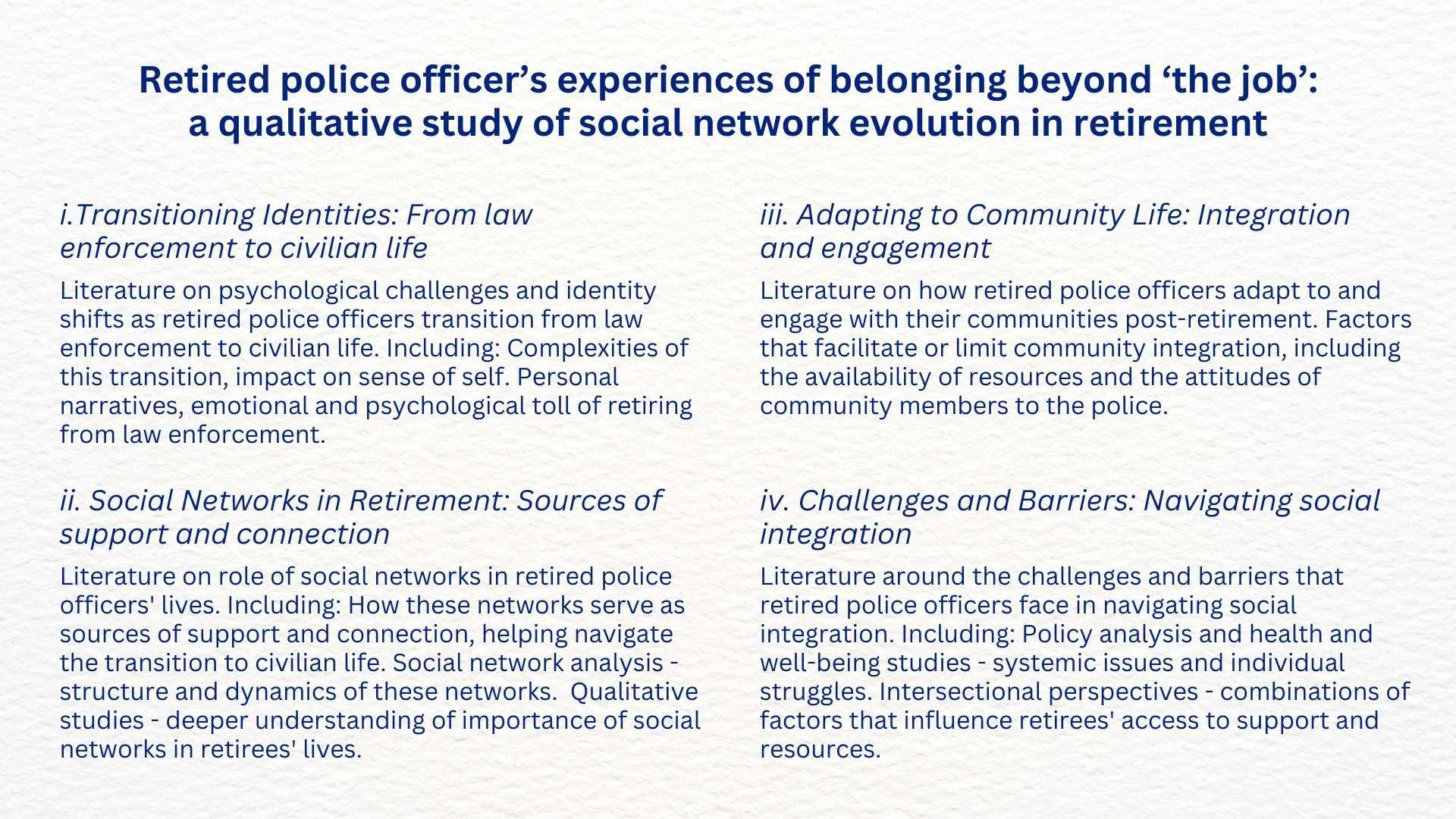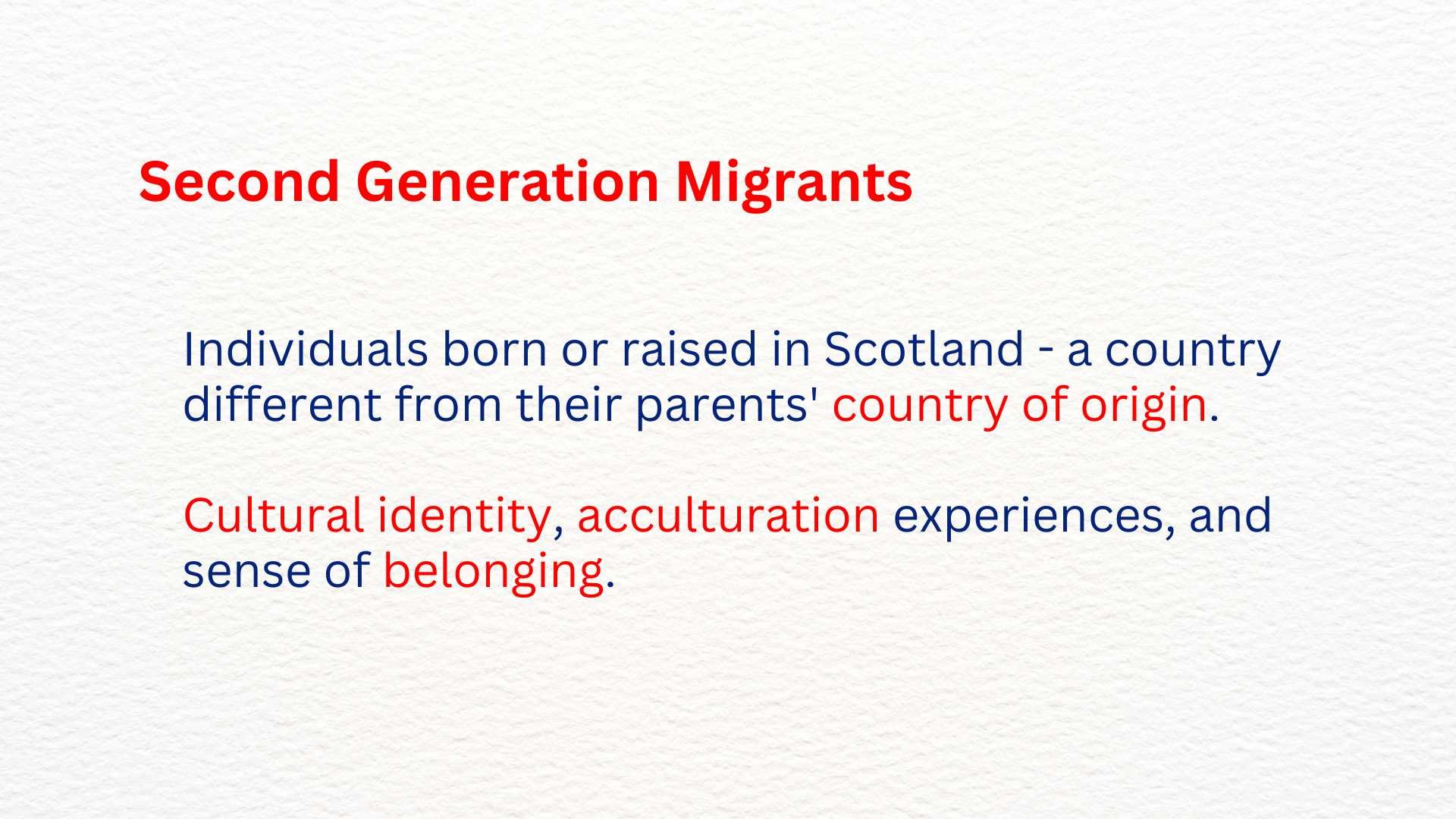Thematic Literature Review - How to write one without getting into a mess!
Thematic literature reviews. How do you write them? Where do you start? How do you avoid getting into a mess?
A thematic literature review is a literature review where the structure is organised around different themes. These themes might be ideas, concepts, events, topics that relate to your research topic and your research questions.
I'm Dr. Elizabeth Yardley, and over the last 20 years, I’ve helped many, many students with their literature reviews. The literature review can be such a pain point when it comes to your PhD or your Master's dissertation: how to start it, how to structure it, how to develop it, how not to make a complete mess of it!
In the social sciences, thematic literature reviews are incredibly popular. However, they come with a whole host of unique challenges!
In this blogpost, I'll walk you through the most efficient and effective way to do one.
Okay, let’s get into it!
What’s a thematic literature review?
Well, as I said just now, a thematic literature review is a literature review where the structure is organised around different themes.
Those different themes might include ideas, concepts, events, topics relating to your research title and your research questions. It all depends on what you're studying.
That’s the great thing about thematic literature reviews: no two thematic literature reviews are exactly the same. You can make them your own. You can build them around your research.
The degree of freedom this gives you is absolutely great! But at the same time, it can be quite overwhelming because you've got to come up with those themes.
How many themes should I have?
One of the most common questions I get asked about thematic literature reviews is: How many themes should I have?
I always say in the final written-up version of your thematic literature review, there should be between three and five themes.
So - three, four or five main themes - and you can have sub-themes or subheadings underneath each one.
Any less than three to five, and it's likely you've missed out some important material, or tried to squash things underneath a small number of headings that don't really fit.
Any more than three to five, and your literature review is going to come off as a bit fragmented. It might not have made the connections across different bodies of literature it needed to make, or you've just tried to cover too much ground.
Now, the reason I'm emphasising, in the final written-up version of your literature review, you should have between three and five themes is that when you're in the process of developing your literature review, you're probably going to have more themes than that, and that's perfectly fine.
We'll get on to that in a while. But before we do, I think it might be helpful to have a look at an example.
Thematic literature review example
So you can see how a thematic literature review might be structured, what the themes might look like, how they might be arranged etc, let’s take a look at an example.
Here is a literature review structure from a fictional, made-up PhD thesis with the title: "Retired Police Officers' Experiences of Belonging Beyond the Job: A qualitative study of social network evolution in retirement."
Here you can see we've got four key themes we're structuring the literature review around.
Firstly, transitioning identities; secondly, social networks in retirement; thirdly, adapting to community life; and fourthly, challenges and barriers.
Underneath those themes, you can see examples of the kind of studies, the kind of literature that would be critically analysed within them.
Can you see how the thematic structure of this literature review effectively covers all elements of that title? It breaks it down into manageable and logical chunks while still enabling connections across them. Each section builds on the previous section, and that ensures a really coherent and comprehensive exploration of the topic.
So, we've got our lovely example of a thematic literature review there, but how do you get to that? How do you get to that point? What process do you need to follow to have this neat number of headings with all of the literature arranged beautifully underneath them?
Identifying provisional themes
Well, first up, you need to identify some provisional themes.
Now, I'm placing the emphasis on the word "provisional" - provisional themes.
These themes might not make it into the final version of your literature review. You might end up using a completely different structure altogether.
But you need to get out of the starting blocks. You've got to begin somewhere.
Let's take your title and start with that.
Your research title can provide you with a roadmap for exploring relevant literature. Using it as your guide will help you anticipate potential themes and concepts to structure your literature review.
This is going to save you a lot of time when it comes to your literature search!
You'll be less likely to encounter one of the common stumbling blocks: disappearing down a rabbit hole reviewing literature that may be interesting but might not be relevant!
Most people doing thematic literature reviews just launch into the literature without much of a plan, and soon get completely lost. They end up spending hours, days, weeks exploring bodies of literature that are not central or important. However, this is much less likely to happen if you begin with some firm ideas of where to look - and your title can help you do that.
Write down your title on a piece of paper and spend half an hour brainstorming around it:
What are some of the basic themes or ideas you can pick out to help you outline a structure?
What lies behind those words in the title?
What are the related concepts, the related ideas that might be helpful?
The initial themes you develop will help you map out a provisional structure.
Let's take a look at another made-up example, "Second Generation Migrants' Experiences of Workplace Discrimination in Scotland: A Qualitative Exploration."
The first theme we might pick out is "Second Generation Migrants in Scotland," and this theme would focus on individuals who were born or raised in Scotland, a country different from their parents' country of origin. It might include aspects like their cultural identity, acculturation experiences, and sense of belonging.
The second theme we might pick out is "Workplace Discrimination," and that theme might revolve around various forms of unfair treatment or prejudice experienced by second generation migrants in the workplace. It might include things like discrimination based on race, ethnicity, nationality, religion, language, or cultural background.
Thirdly, we might take that word "Experiences" and develop a theme around that. So, this theme might highlight the lived experiences and perspectives of second generation migrants regarding workplace discrimination. It might involve exploring their narratives, their challenges, their coping strategies, and the impacts that discrimination had on their well-being and their career advancement.
Now, by identifying these initial themes, we've got a provisional structure. Yay!
But where do we go from here?
Literature Search
The next thing you need to do is the literature search.
So, you take your themes one at a time and you identify keywords and key phrases that you can use to search the literature.
Say we wanted to look for literature around that first theme. Use the description of that first theme and highlight the keywords and the key phrases - using them to search the literature.
Hop on to Google Scholar or whatever platform it is you're using and use some of those keywords and key phrases to find relevant literature. If you need some help with literature searching, check out this blogpost.
One theme at a time
One thing that I'm really keen to emphasise about the literature search when you're doing a thematic literature review is to stay focused.
Just handle one theme at a time, okay?
If you're trying to search for literature across different themes simultaneously, you're going to get overwhelmed really quickly. Flipping from one theme to the other will mean you won’t gain any momentum with any of them. Your attention will become diluted and you’ll become exhausted!
Pick one theme. Do your literature search using the keywords and the key phrases that you've generated. Scan through the search results and pick between five and ten items of literature to review. Read those items, critically review those items, start writing up notes on those items.
When you commit to one theme at a time like this, you’ll see connections between the ideas and the concepts that relate to that theme. You’ll feel like you're making progress. So, what’s next?
Get messy
When you're developing a thematic literature review, it's not going to stay neat and tidy for very long. It's not going to remain in alignment with those provisional themes you identified at the beginning.
It's going to get messy as you get into the literature.
You’ll think of other themes, other headings, related topics that you want to put in. So, do that!
As you work on your thematic literature review, you might find that some of the themes you initially thought were important turn out to be irrelevant. That's okay; adjust accordingly.
The process can feel chaotic at times but this is completely normal. Don't feel pressured to stick to a neat structure from the start. Allow yourself to explore as many headings as needed, even if it means having a lot. If you end up with 10, 15, 20 themes whilst you’re exploring - that’s fine - it’s all part of the process.
Think of it like cleaning out a closet – you have to make a mess before you can organise everything. Expect your review to get messier before it gets tidier. You'll add new headings as you discover important topics and consolidate or split others as needed. This is all part of the process, and it's how progress is made in a thematic literature review.
So, now we're comfortable with embracing mess, what do we do next?
Regularly revisit your literature review
Keep a close eye on your evolving literature review and revisit it regularly. Don't let weeks or months go by without checking in on it.
Even short weekly sessions can help you stay on track.
If you neglect it for too long, you risk losing sight of your organisation and content decisions. It's similar to that book on your bedside table that you keep meaning to finish but forget where you left off!
Regular revisits help you stay connected to your thoughts and progress, making it easier to hit the ground running time after time.
Ask for feedback
Don't hesitate to seek feedback from supervisors on your literature review, especially during its development stages.
Some students tend to keep their work to themselves until it's "finished," (this is a sign of perfectionism, which does you no favours!) but sharing early drafts can actually speed up the writing process and make it less daunting.
By sharing your ideas, thoughts, and emerging structure, you'll receive valuable feedback that can help you refine your work. Fresh perspectives may reveal aspects you hadn't considered, offer suggestions for improvement, and highlight areas where you need to be a bit clearer.



